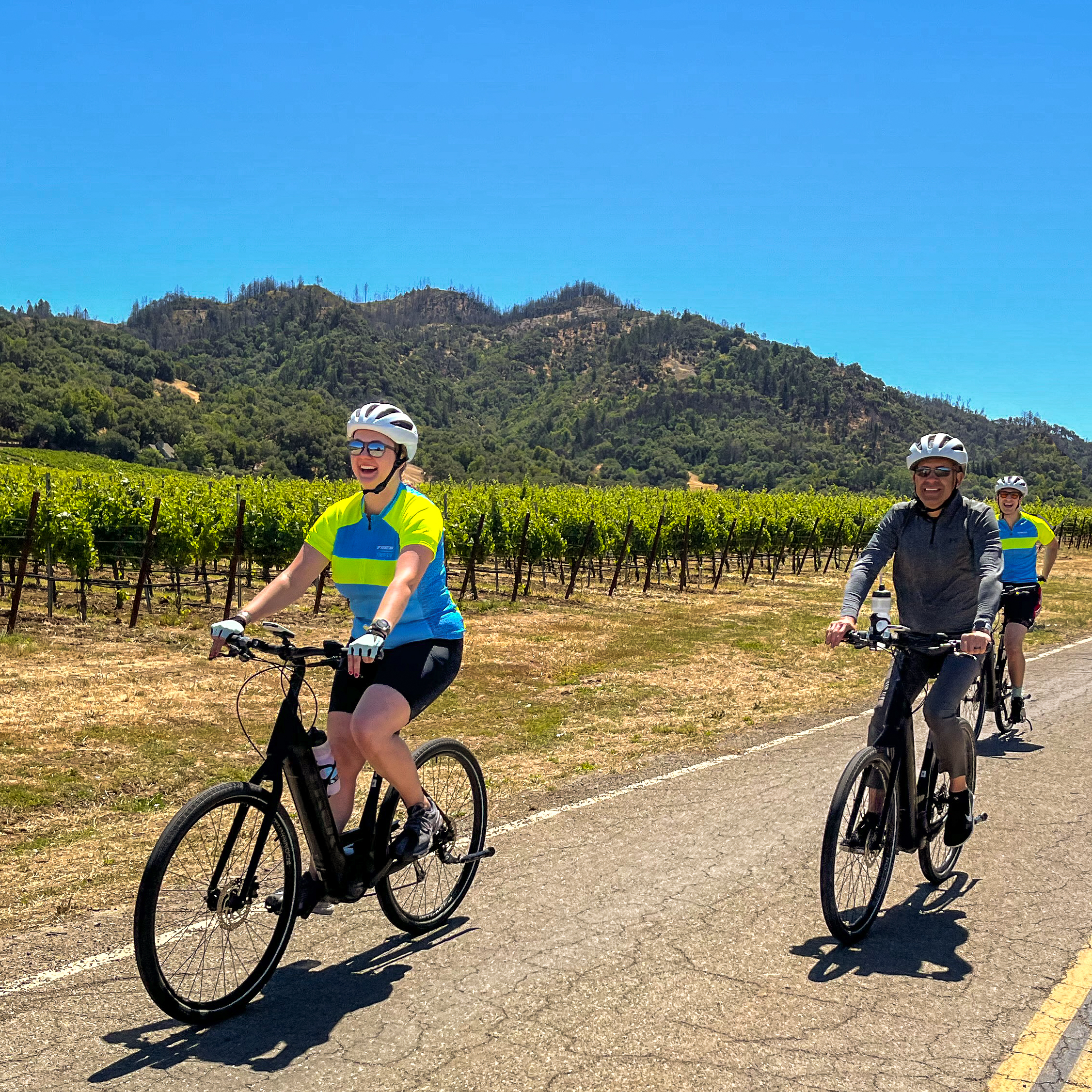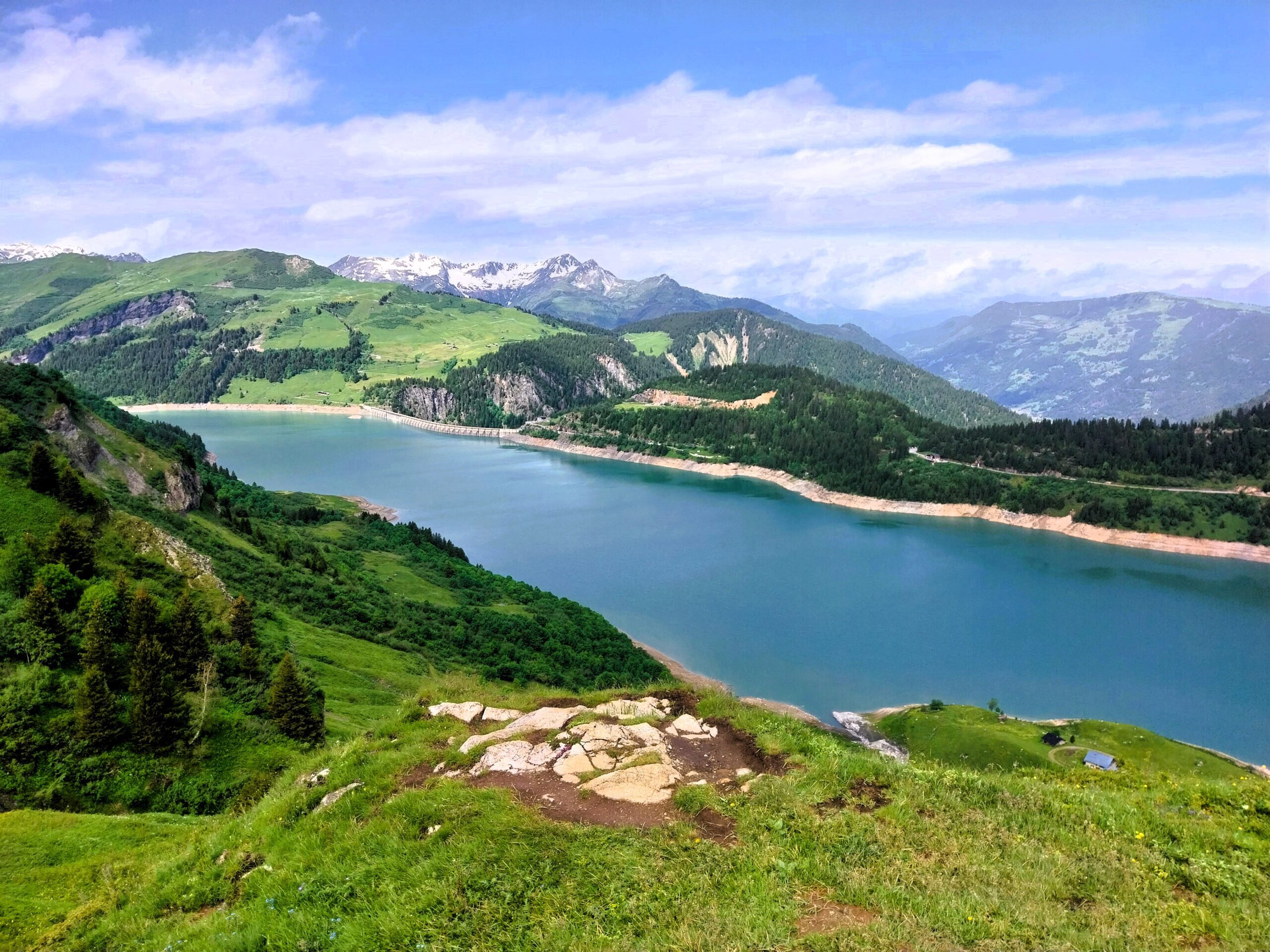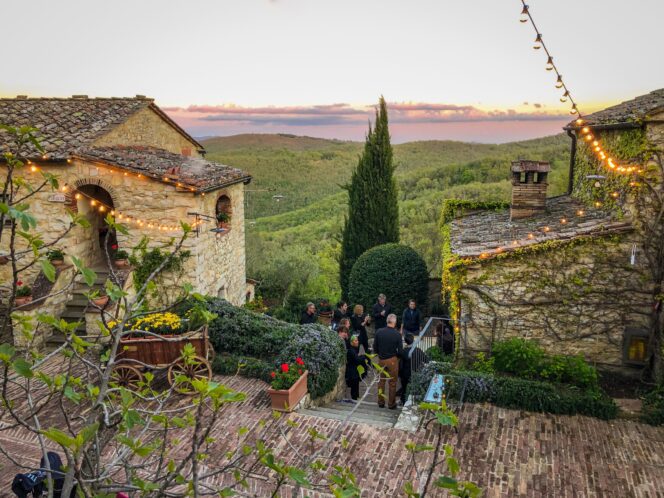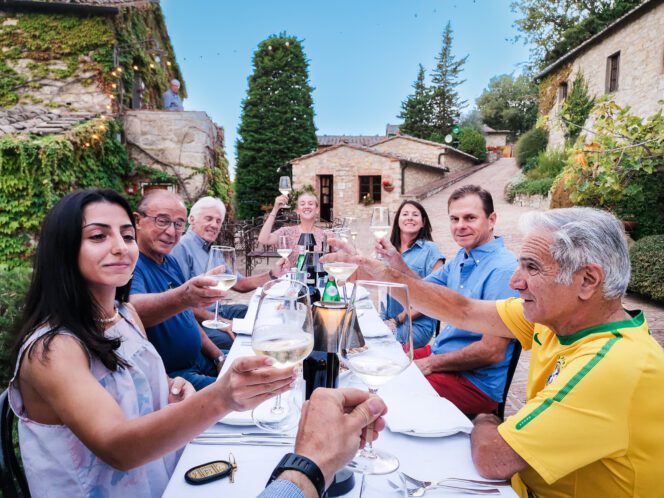










“The Lesic Dimitri Palace was not only one of the most memorable hotels I have ever stayed in, but also one of the most luxurious. With each residence having a different theme based on Marco Polo’s journey along the Silk Road, we had a blast showing each other our meticulously-designed spaces.”
– Lindsay Juley, Travel Coordinator at Trek Travel

The Lešić Dimitri Palace stands within the heart of the old town of Korčula, with a refined elegance that represents the rich history and culture of its destination. Celebrating the marriage between old and new, this boutique property has just five unique and spacious suites. They were designed by an Asian-Croatian team of architects and interior designers and inspired by Korčula’s famous resident, Marco Polo, and his travels along the Silk Road. Now restored and adapted as a first-class hotel, the buildings of the Lešić-Dimitri Palace originally evolved as part of Korčula’s medieval urban matrix.
Towards the end of the seventeenth century, the aristocratic Lešić family, local landowners prominent in trade and commerce in Korčula, began to acquire a number of contiguous properties in town in order to create a prestigious urban residence. By systematically merging six buildings that lay in two back-to-back rows, the basis for a prestigious urban palace was obtained. The separate properties date back to the late fifteenth and early sixteenth centuries, and three more floor levels were later added to accommodate the family’s needs and reflect its significant social position. While the simple forms of these late medieval cottages have substantially survived to the present, the Palace itself displays the more sophisticated revisions and decorative detail characteristic of the later eighteenth century.



By the time of Napoleonic rule in the early nineteenth century, the buildings were suffering neglect. Ill-suited to the needs of more modest family living, the buildings were put to public use. For a period, part of the property was leased as a school, while part was given over to occupation by a large number of tenants. Finally, the Palace stood empty. It’s future was unsure. Soundly constructed and secure, the buildings’ structural masonry did not suffer from this abandonment. Timber elements were less fortunate and without proper maintenance roofing spars, floor and ceiling beams, windows and doors were all considerably damaged. The old cottage properties were left roofless and the space within their walls was used for a long time as a garden.
From this depressing and uncertain state the Lešić-Dimitri Palace was rescued in 2000 when the complex was purchased by a new owner. By 2008, following a necessarily prolonged period of painstaking survey work, archival research, architectural intervention and high quality craftsmanship, the restoration and adaptation of the Palace was largely complete. Not only do the buildings now provide tourist accommodation of the highest category, but an important part of Korčula’s unique urban fabric has been secured to be enjoyed by Korčulani and visitors alike. In developing this new residential accommodation, the existing spatial organization of the Palace has been stringently respected. Each floor is a single large apartment, lavishly appointed with everything needed for relaxed modern living. The cottages are being adapted to house a restaurant, bar and health spa.



The restoration of the Palace maintains the building’s historical detail. Existing structural masonry and ornamental stonework are harmonious with more contemporary elements. And while the historic townscape scale continues to be respected, smooth rendered walls subtly but clearly differentiate the old from the new.



STAY AT LESIC-DIMITRI PALACE ON TREK TRAVEL’S CROATIA BIKE TOUR»





























